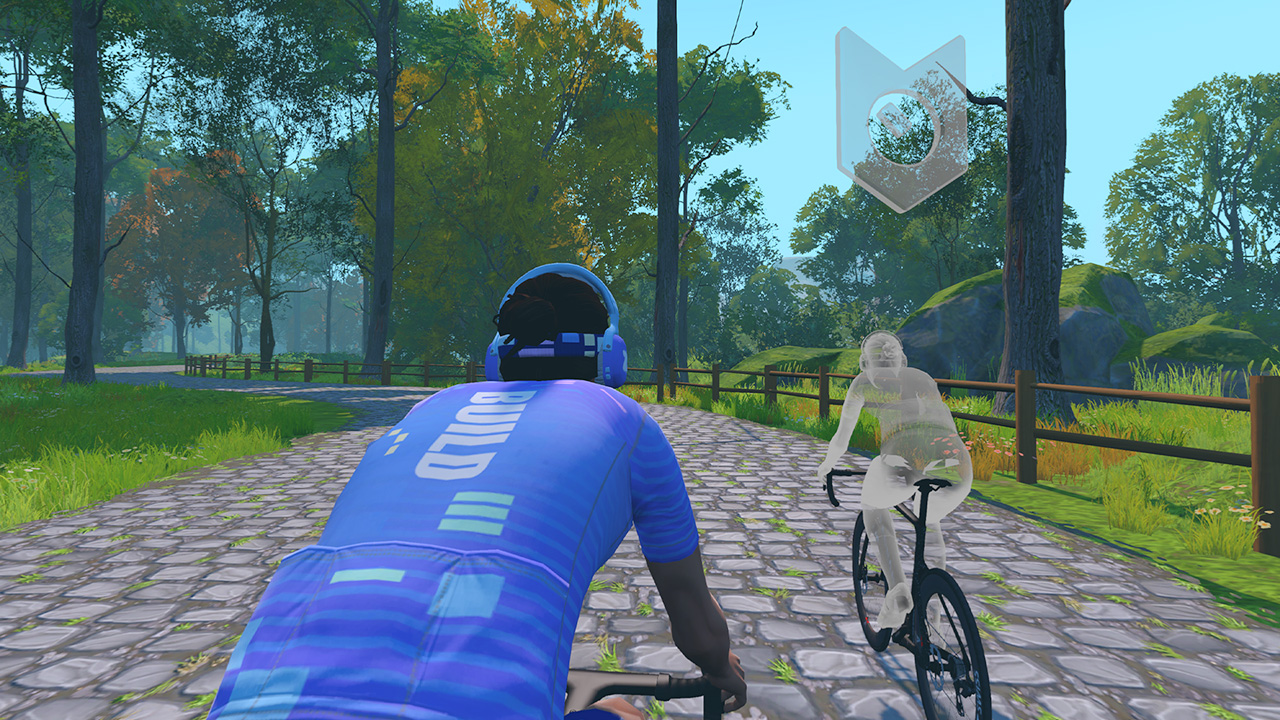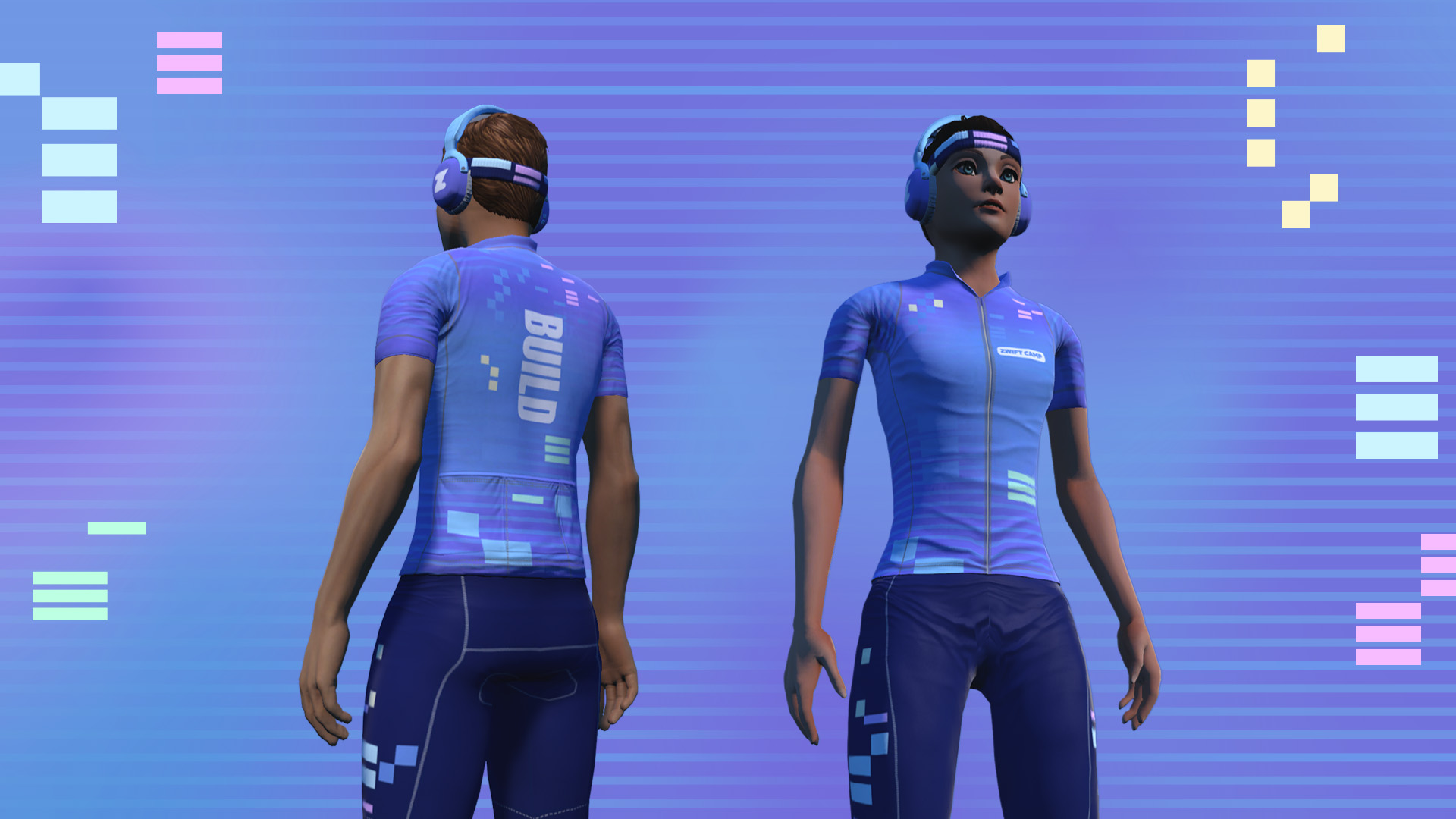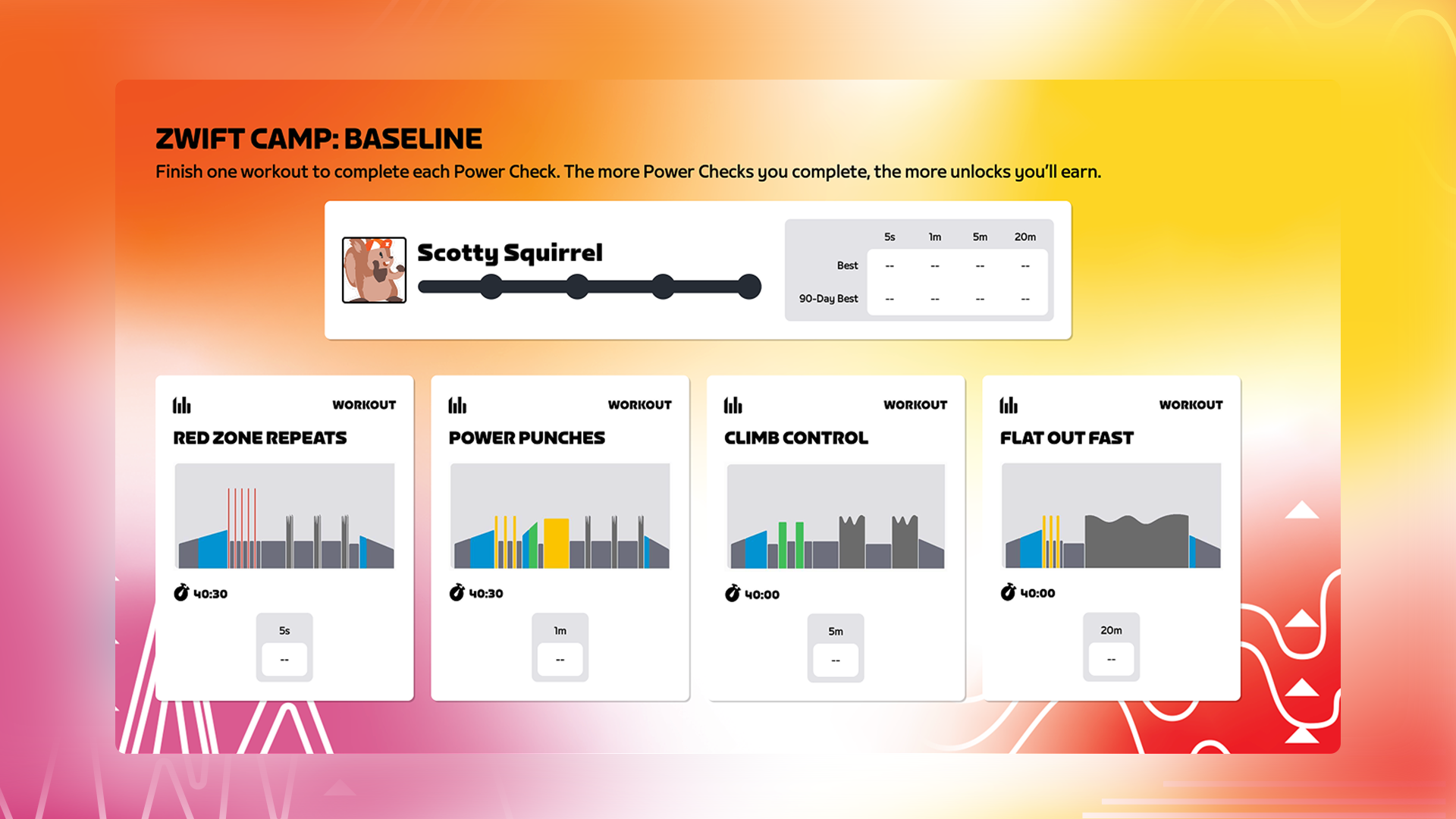We may earn a commission from links on this page. Deal pricing and availability subject to change after time of publication.
The JBL Tune Flex 2 earbuds are on sale for $49.99 in open-box condition on StackSocial, which is less than half the $109.95 price of a new pair on Amazon. “Open-box” just means the packaging might have some shelf wear like scuffs, stickers, or light handling marks, but the earbuds themselves are tested, in new condition, and backed by a one-year warranty. If you don’t mind imperfect packaging, that’s a solid savings on a feature-packed set of wireless buds.
JBL is known for its bass-driven sound, and the 12mm drivers in the Tune Flex 2 deliver plenty of punch. They’re also versatile depending on how you want to listen. Sealed ear tips provide stronger passive noise isolation, while open tips allow you to remain more aware of your surroundings. Adaptive noise cancelling is designed to shut out distractions, but you also get Ambient Aware and TalkThru modes when you want to hear what’s going on without taking your earbuds out. Calls are handled by six microphones for improved clarity, and the JBL Headphones app allows you to fine-tune the sound with tools like Personi-Fi 3.0. And with multipoint Bluetooth, you can also jump between your phone and laptop without re-pairing.
Battery life holds up well, too. You get up to 12 hours per charge with noise cancelling off (plus 36 more in the case), or 8 hours with ANC on (plus 24 in the case). Real-life usage may vary depending on how often you switch modes, the volume at which you listen, and how frequently you make calls. Also, while the earbuds themselves are rated IP54 for dust and water resistance, the case isn’t, so that’s worth keeping in mind if you’ll be carrying them outdoors. All in, the Tune Flex 2 offers a lot of flexibility and performance for the price. If you prefer your packaging pristine, you might still lean toward a new pair, but if your focus is on sound quality, long battery life, and handy features, this open-box deal makes sense.











